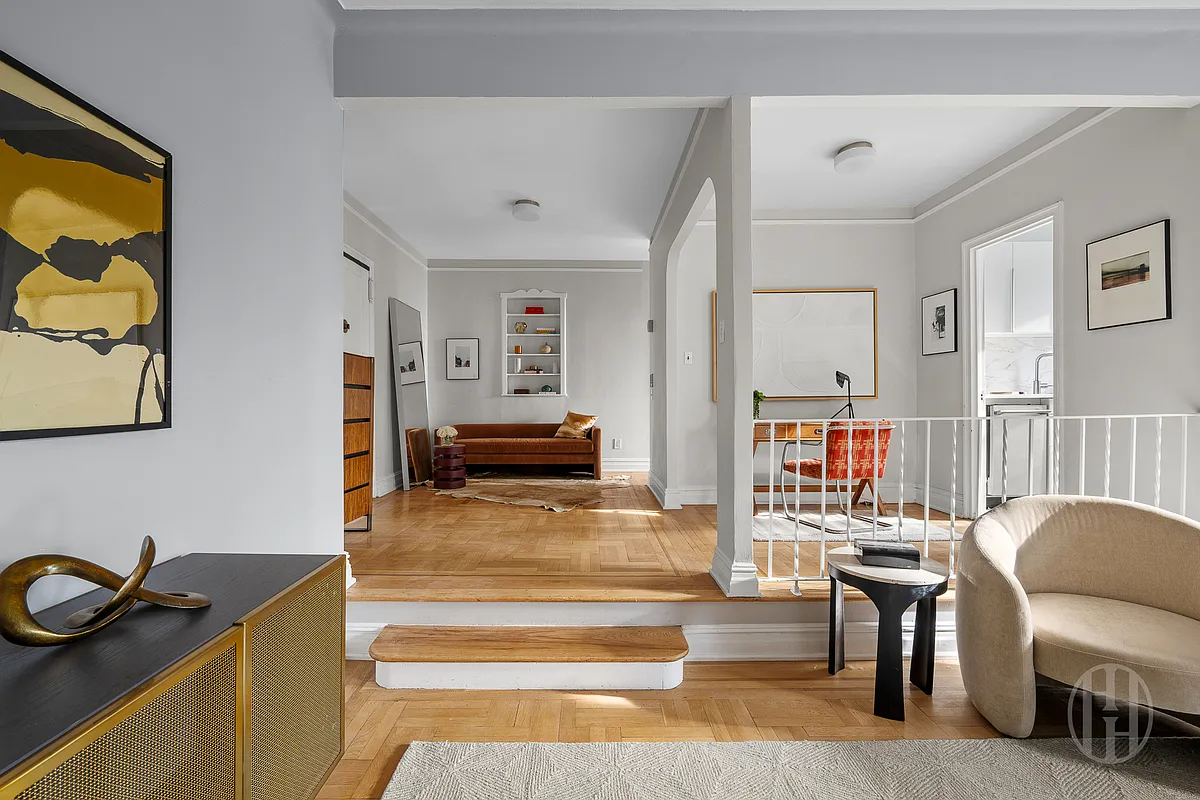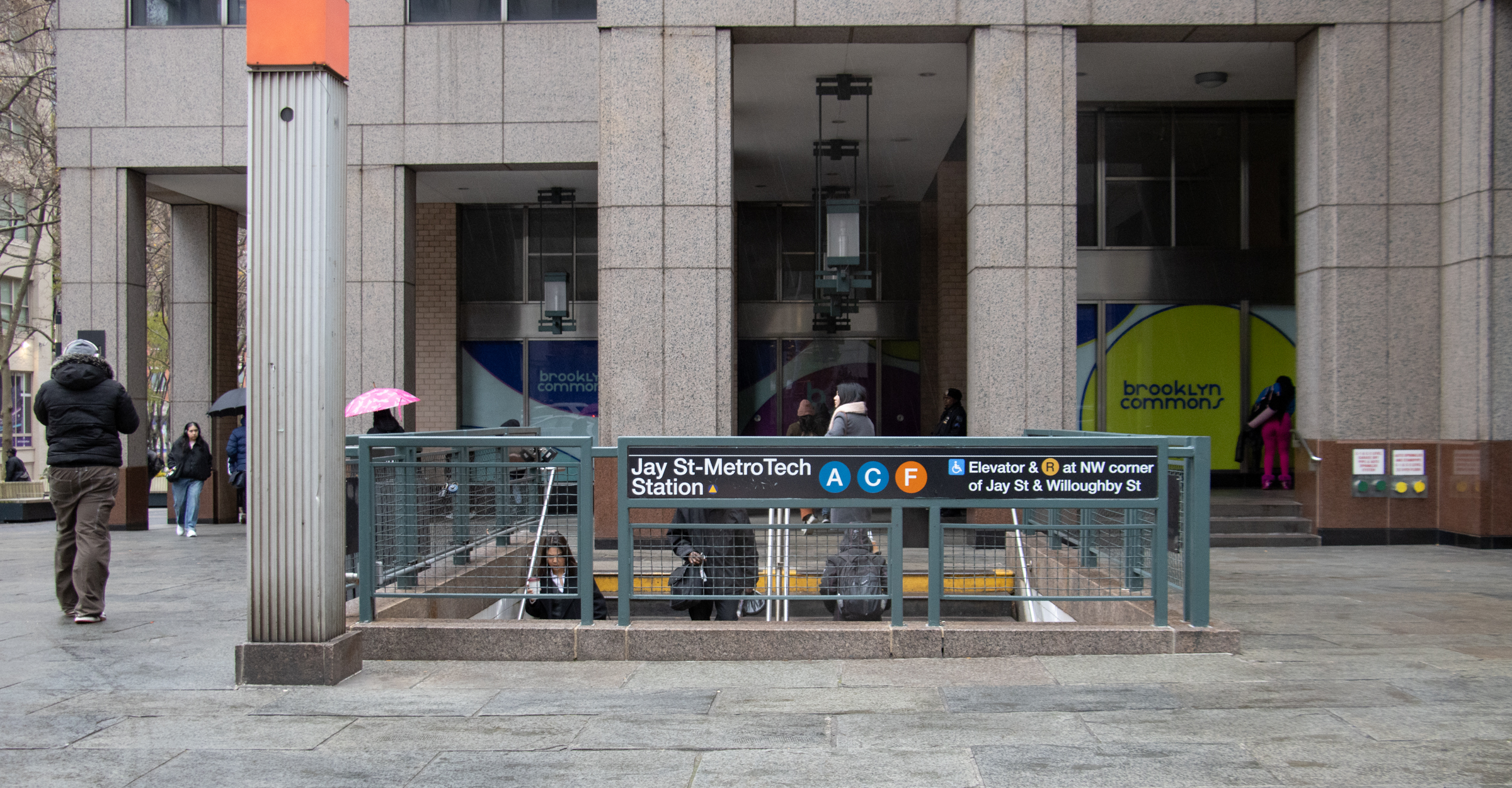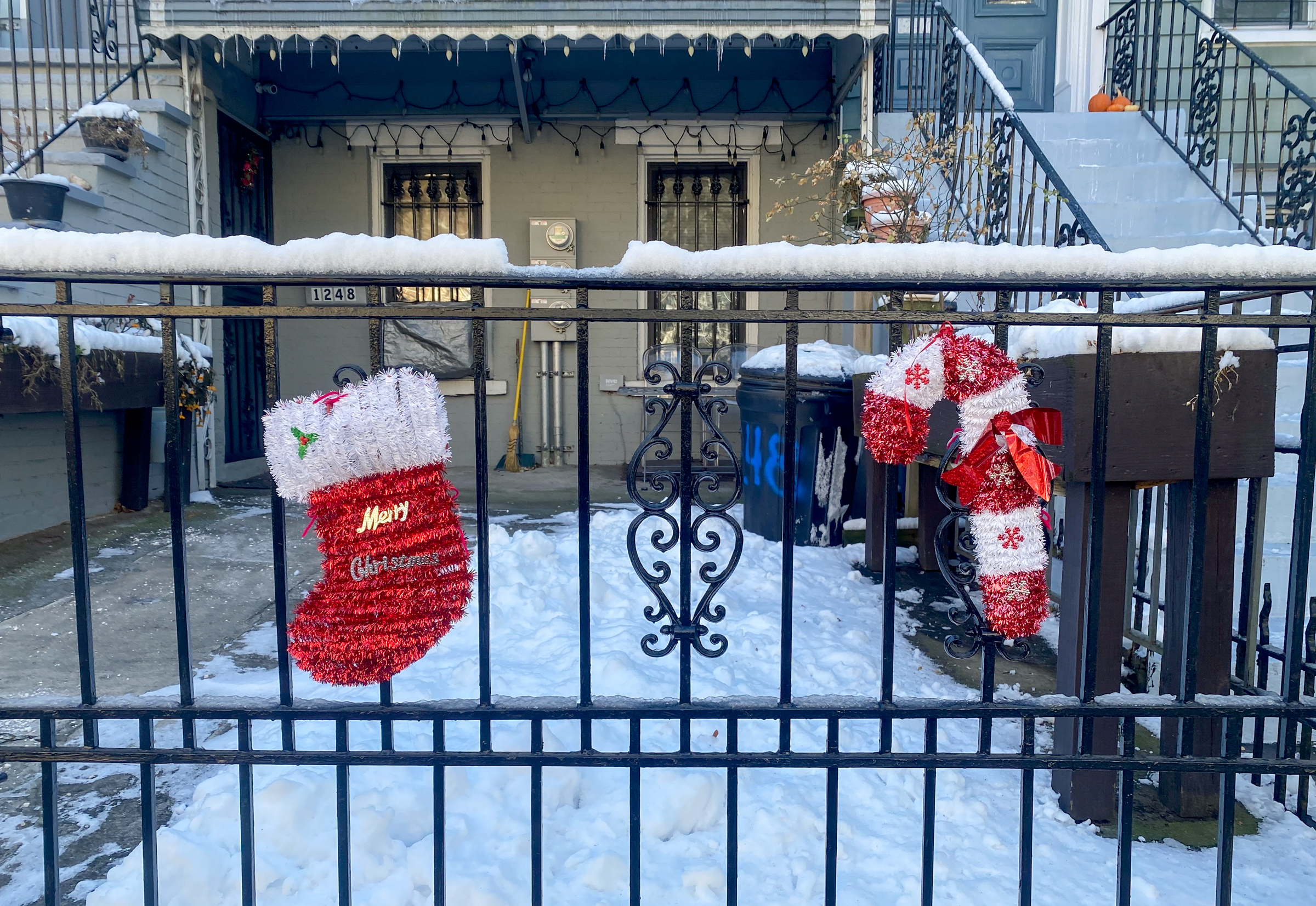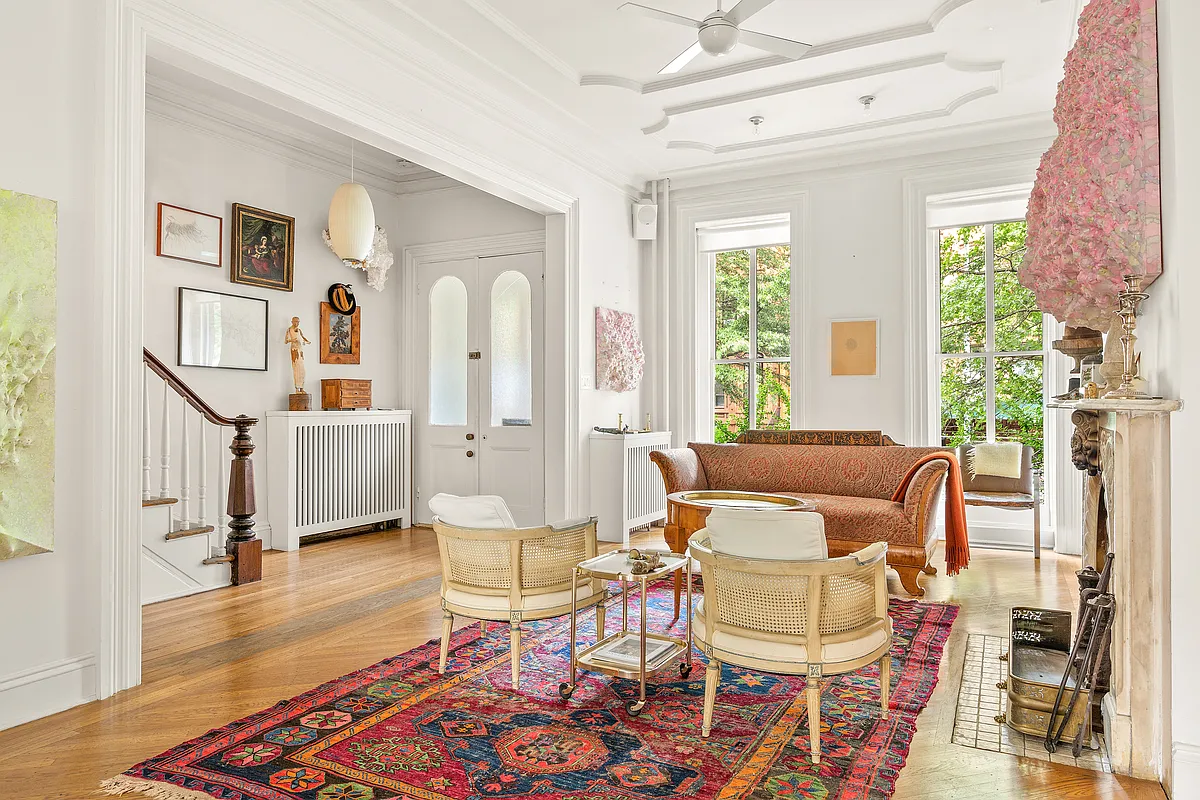Inside Third & Bond: Week 52
Given that we’re at the 52-week mark of the Third & Bond Blog, we should be having a birthday cake or something around here. Instead, the Hudson Companies crew talks lighting. Lighting. It can make the difference between falling in love and falling asleep. The difference between wearing navy socks, black socks, or one of…


Given that we’re at the 52-week mark of the Third & Bond Blog, we should be having a birthday cake or something around here. Instead, the Hudson Companies crew talks lighting.
Lighting. It can make the difference between falling in love and falling asleep. The difference between wearing navy socks, black socks, or one of each. The difference between spending $40,000 or $1,500. The pursuit of the best lighting for a condo development begins with the architect’s design. Natural lighting is the first influence which way can the building be reasonably oriented on a tight urban site to capture the best light? What will the façade material be and the corresponding window cut-outs? A glass curtain wall such as On Prospect Park provides a different interior light than the oversized warehouse windows of One Brooklyn Bridge Park or the typically narrow but tall townhouse window.
A fluorescent light proposed for common hallways.
 Once the natural light is accounted for, the architect turns to lighting the living space as needed for the hours when the sun is shining on China and for the spaces where dwellers will want additional light no matter the lumens naturally available. The architect places lights in kitchens, bathrooms, closets, common hallways everywhere. The architect also makes a proposed light schedule which enumerates every light to be placed in the building. (The electrical engineer will later use this schedule and the architect’s drawings to create electrical drawings that further detail the work.)
Once the natural light is accounted for, the architect turns to lighting the living space as needed for the hours when the sun is shining on China and for the spaces where dwellers will want additional light no matter the lumens naturally available. The architect places lights in kitchens, bathrooms, closets, common hallways everywhere. The architect also makes a proposed light schedule which enumerates every light to be placed in the building. (The electrical engineer will later use this schedule and the architect’s drawings to create electrical drawings that further detail the work.)

In the specifications book, the architect lists a particular light fixture choice, such as for F6: the Artemide Talo 21 Mini Wall (shown). The light schedule, drawings, and spec are then forwarded to the subcontractors during the bidding process. The electricians take a look at the fixture list and the drawings, count up the number of each type of light that they see and then provide a price. Often they also provide suggested alternates, particularly if there is a slightly different light that they can get more cheaply and is equal to the prescribed light in terms of look, performance and installation.
For example, our architects from Rogers Marvel specified an LED light for beneath the kitchen cabinets. This choice was in large part due to requirements we face in meeting the criteria for an Energy Star-labeled project: kitchen, hallway and bathroom lighting must be Energy Star or equivalent, which in practical terms means fluorescent or LED. We wanted to try LED in this case.
The LED that’s pretty but also pretty expensive.
 But when we got the numbers back we saw that the LED lights ranged from $70-195/light. Our electrician suggested we use a xenon bulb instead which has better efficiency than a typical incandescent and is considerably cheaper than LED. The xenon bulb would run about $16/light but doesn’t meet Energy Star.
But when we got the numbers back we saw that the LED lights ranged from $70-195/light. Our electrician suggested we use a xenon bulb instead which has better efficiency than a typical incandescent and is considerably cheaper than LED. The xenon bulb would run about $16/light but doesn’t meet Energy Star.
So now we are deciding between fluorescent ($7/light) under cabinet lighting or nothing at all. If we eliminate under cabinet lighting, the architects will take another look at the ceiling lighting plan to make sure we’ve got enough light.
For those of you who are still reading and have not yet clicked submit on your comment about hating fluorescent light and why-can’t-we-just-agree-that-incandescent-is-always-going-to-be-superior, you should know that Congress and Bush (!) signed energy efficiency legislation last December outlawing incandescent lights by 2014—the phase-out starts in 2012.
Okay, so incandescent is being outlawed but that still leaves LED, xenon, halogen and a number of others, right? The well-researched folks at Energy Star have taken most of the rest out of the running for us, leaving two options: an affordable lighting solution and one that is very expensive. LED’s have a high upfront cost, most of which the developer will have to bear unless the buyer will pay a premium for LED’s that will last them decades. At this point, we don’t think buyers are ready to pay more for LED. Especially not those voting for Sarah Palin who doesn’t think climate change is man-made and who can’t wait to open up the (Alaskan) Arctic for drilling—who needs energy efficiency??
Then again, the green paradigm shift might have so fully infiltrated even the middle class that not even a hot schoolmarmish, gun-toting Republican can turn back the tide (unless there is a tidal energy generator involved). When future supply provides the every-buyer with an array of energy-efficient, global warming preventative, climate change intolerant homes, the difference between a luxury unit and a middle of the line apartment might be LEDs versus fluorescent. Or maybe we’ll all finally be convinced that fluorescents come in a more than satisfactory range of warm tones that make that special guy or gal look good, even in mismatched socks.
Inside Third & Bond: Week 51 [Brownstoner]
Inside Third & Bond: Week 50 [Brownstoner]
Inside Third & Bond: Week 49 [Brownstoner]
Inside Third & Bond: Week 48 [Brownstoner]
Inside Third & Bond: Week 47 [Brownstoner]
Inside Third & Bond: Week 46 [Brownstoner]
From our lawyers: This is not an offering. No offering can be made until an offering plan is filed with the Department of Law of the State of New York.”





What is “fine knife work” that demands so much illumination? I thought I cook ok, but this is new to me!
You have a lot of nerve making fun of Ms. Palin. It’s God’s will that we drill in Alaska!
Pray for the pipeline!
Heatherie – You can get “warm” LED lights. Thats what we have in our undercabinet light. Not quite the same as incandescent but not as bad as the warm CFLs.
“Especially not those voting for Sarah Palin who doesn’t think climate change is “man-made†and who can’t wait to open up the (Alaskan) Arctic for drilling—who needs energy efficiency??”
And here I thought this was a blog about construction. I’m pretty sure even Republicans might like to save money on electricity. . . Close-minded much?
Anyway – I’ve found that the LEDs are very cool, even more so than the CFLs. Fine for a foyer, or maybe undercabinet lighting, but I wouldn’t want any of the ones I’ve used in a dining room or bedroom. Maybe I just haven’t used the right ones yet. Like you, I am hoping that increased demand drives innovation and more options in the future.
GO with the LED undercabinet lighting. It may cost more than ghastly florescent, but the overall price difference of the complete condo would be tiny, no?
I have LED undercabinet lighting and its perfectly fine but it does not compare to the light quality I got in my old house from xenon. The color cast isnt bad (I used a warm) but the power is not great for fine knife work. But if you want the energy rating, the LEDs aren’t going to detract from the look and function like flor.